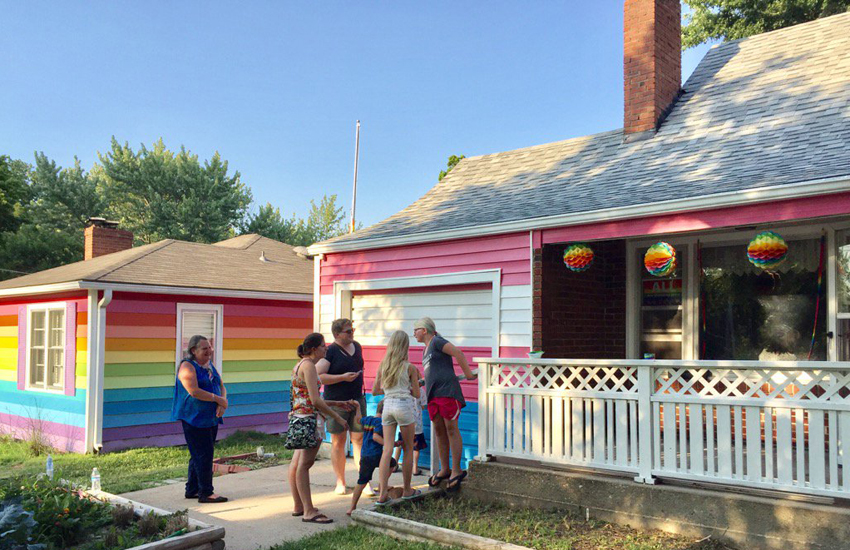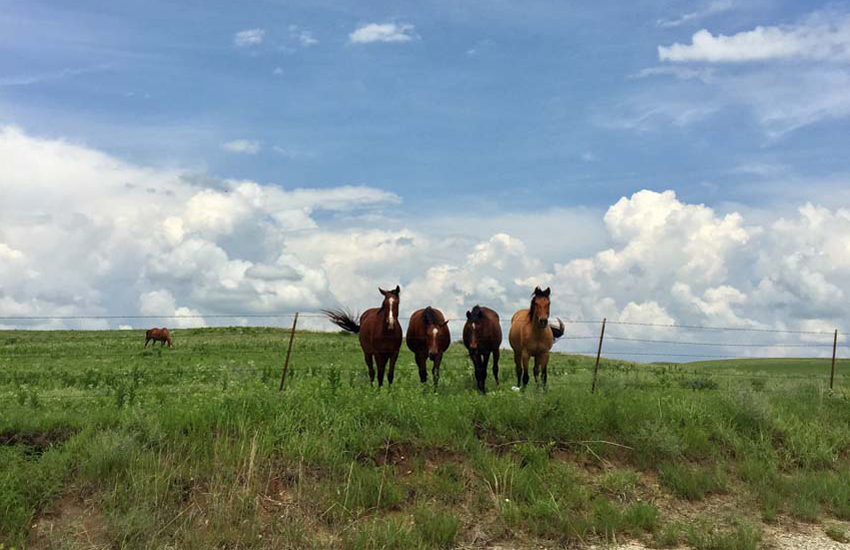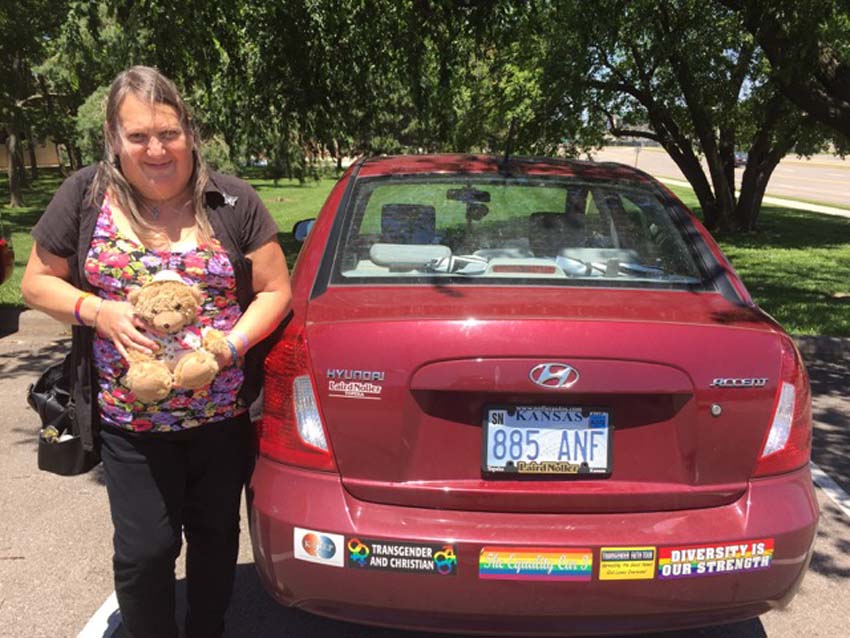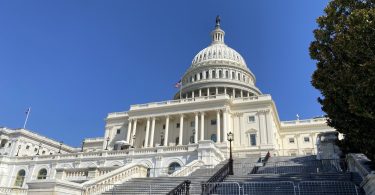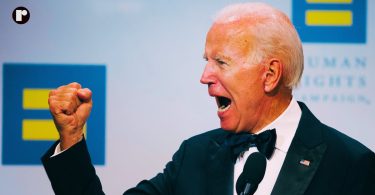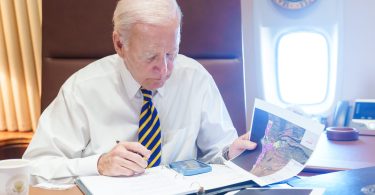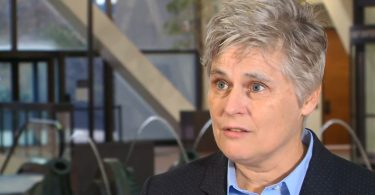The Opening of the Capitol City Equality Center in Kansas last June | Photos: Courtesy of CJ Janovy
I live in a mythical place.
When people in the rest of the world hear ‘Kansas’, their first thoughts are likely of Dorothy and Toto. This, of course, is thanks to the amazing staying power of a movie that came out in 1939.
I’m grateful to ‘The Wizard of Oz because otherwise, people might not think of Kansas at all.
Or they would think of the notorious Westboro Baptist Church. The same church whose cultish members who haul their ‘God Hates Fags signs to funerals, rock shows and wherever else they can capture a few moments of television attention.
Given the state’s reputation for right-wing politics, most people likely figure Kansas is a place LGTBI people leave. But by my estimation more than 100,000 of us live here (out of a total state population of around 3 million).
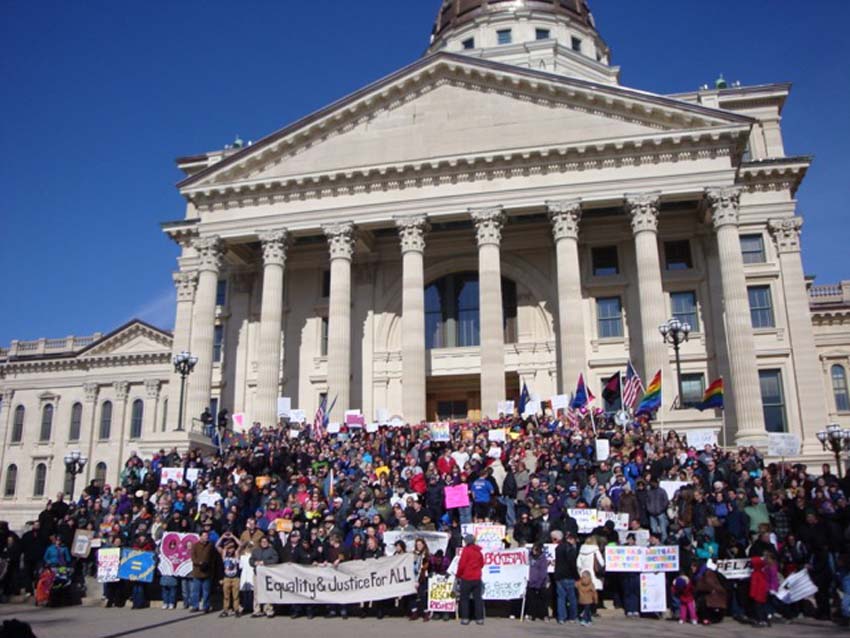
‘I spent four years driving around the state, meeting LGBTI people and their allies’
My book No Place Like Home: Lessons in Activism from LGBT Kansas is about why we stay – and the surprising successes activists here have had in making it a better place to live.
I spent four years driving around the state, meeting LGBTI people and their allies and family members. I attended Pride celebrations in small towns and in the state’s biggest city of Wichita. I went to the annual TransKansas conference, which draws a hundred trans people to different towns every year.
And if LGBTI travelers are interested in experiencing the real Kansas instead of the imaginary one, they’re likely to fall as much in love with certain places as I did.
First, there are the starkly beautiful Flint Hills in the east-central part of the state. Treeless, gently rolling hills that, hundreds of millions of years ago, were at the bottom of an ocean.
This was where the buffalo once roamed. A few still do. Part of it is the National Tallgrass Prairie Preserve, protecting what little remains of the grasslands that once covered 170 million acres of North America.
Amid these hills, travelers will encounter tiny towns catering to city types seeking solitude, an art gallery miles from the nearest gas station, and people who know they’re living in a sacred landscape and take the responsibility seriously.
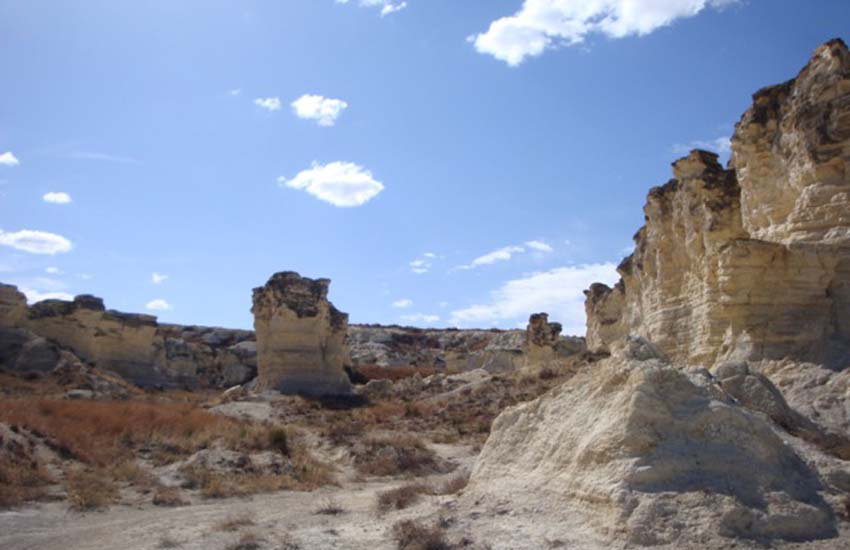
‘Both coasts were much richer with LGBTI culture and politics. But neither were home’
Equally beautiful, and even more stark, are Castle Rock and Monument Rocks. These chalky formations rise out of the nearby plains in mysterious resistance to eons of erosion.
This quietly dramatic landscape is one reason people from Kansas love their home state. We know that a wide-open, faraway horizon encourages imagination. When the road ahead looks like it goes on forever, a person can imagine going anywhere – which is what I did.
I grew up in neighboring Nebraska, staring out at that same flat horizon, and left before I was 20. I made a pilgrimage to the LGBTI mecca of San Francisco. After college in Berkeley I moved across the country to Boston for graduate school.
Both coasts were much richer with LGBTI culture and politics. But neither of them were home.
‘It’s here I met the woman I would marry’
It’s here, in the stereotypically conservative Heartland, where I’ve had a long career as an openly lesbian journalist. It’s here I met the woman I would marry, and where many of my LGBTI brothers and sisters and our families and allies continually defy the stereotypes about Kansas.
Besides, there’s a place for LGBTI people to make pilgrimages here, too. It’s the Equality House, a rainbow-colored home directly across the street from the Westboro Baptist Church’s grotesque compound in Topeka.
A few years ago, a peace activist named Aaron Jackson bought the house for his non-profit, called Planting Peace. He painted it the colors of the rainbow flag in a gesture of love to counter the message of hate spewing from across the street.
On social media, I’ve seen more than a few selfies people have taken in front of that house. And last summer, Jackson’s organization bought the house next door and painted it in the pink and blue colors of the transgender flag. It’s now home to the Capital City Equality Center, billed as ‘a safe and inclusive place that supports, educates, and empowers the LGBTI community, our allies, and our neighbors.’
‘LGBTI Kansans are tough’
That’s a brave statement to make, considering that one of their closest neighbors is the Westboro Baptist Church. But LGBTI Kansans are tough that way.
One of the people who helped get the Equality Center up and running is a trans woman named Stephanie Mott, the director of the Kansas Statewide Transgender Education Project.
She’s been a highly visible leader of the LGBTI movement in Kansas for years. Back in 2011, she spent the 4 July holiday weekend making her own trip around the state. She drove 1,600 miles, stopping in 30 cities to talk with random people about being transgender. She called this the Transgender Tour of Kansas.
For folks who’ve never been here, the phrase ‘You’re not in Kansas anymore’ might be a punch line directed at hicks from a boring, black-and-white backwater in a movie.
But plenty of LGBTI people are fine with staying in the real Kansas. We embody its quiet, steadfast beauty, and we welcome visitors.
C.J. Janovy is a journalist based in Kansas City, Missouri, and the author of No Place Like Home: Lessons in Activism from LGBT Kansas.
Find her on Twitter at @cjjanovy

